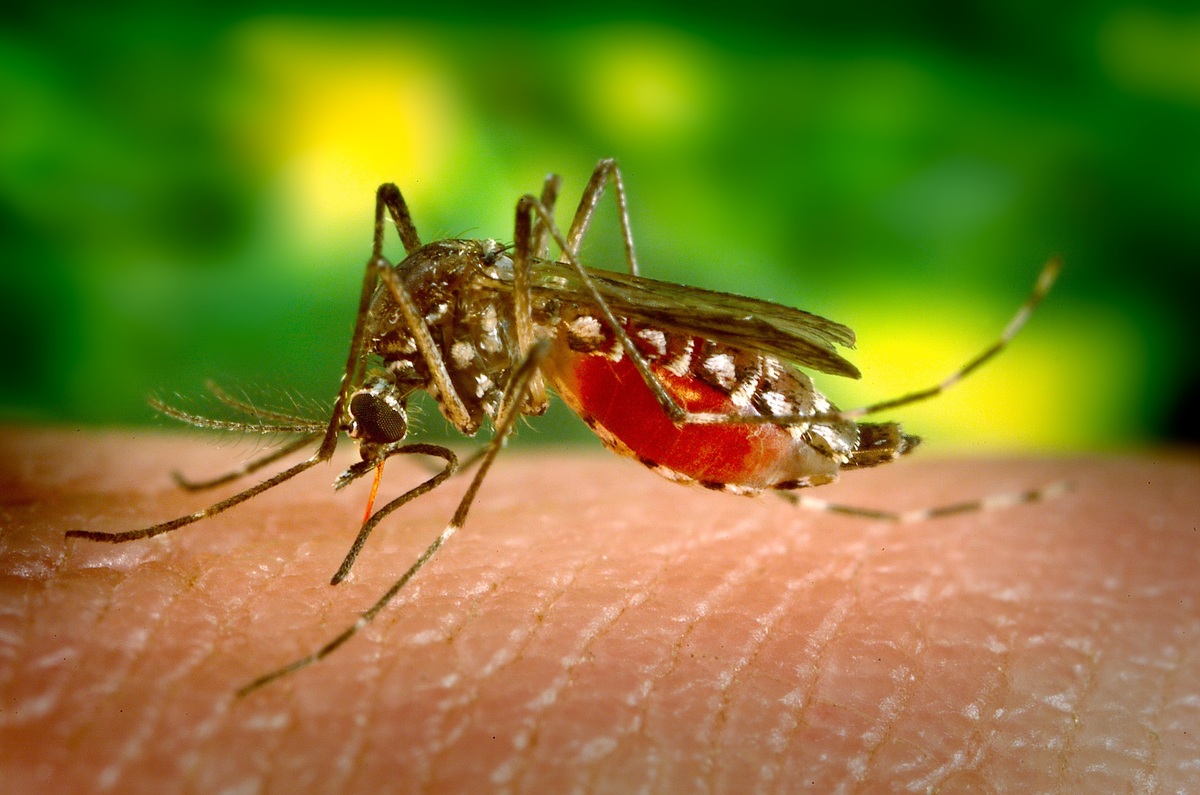Climate change and sandfly-borne diseases
Unlike mosquitoes, who as adults survive winter conditions, sandflies have to winter in the larval stage. This makes them more susceptible to cold climate conditions. Thus, milder winters resulting from climate change benefit the sandfly. A circumstance that has made these insects an excellent indicator of how local or even global climatic changes may affect the distribution of certain vector species – and with them the infection incidence and spread of the diseases they transmit.
Sandfly-borne infections become a problem in Europe
“Even though the public health impacts of sandfly-borne diseases (SFBDs) are still greatest in countries on the southern and eastern shores of the Mediterranean, they are also becoming a problem in Europe due to climate change,” says Maria Maia, expert for health technologies at ITAS.
The researcher is responsible for the institute’s contribution to CLIMOS. In this project, international researchers from 28 institutions worldwide are developing an early warning system for infection risks associated with climatic changes, funded by the European Commission.
Accurate modeling for decision makers
“Right now, human and animal SFBDs are difficult and costly to manage and available tools are unsuitable for use in large-scale preventive control programs,” explains Maria Maia. The new warning system aims to support decision makers with an accurate modeling, which also provides social and cost-benefit assessments, the researcher notes.
To this end, the partners of the project, which is scheduled to run until 2025, will start by analyzing future trends in the field of health and climate. On that basis, they will develop different scenarios in close collaboration with key stakeholders, such as NGOs, citizens, and especially vulnerable groups. (12.10.2022)
Further links and information:
- Project description of CLIMOS – Climate Monitoring and Decision Support Framework for Sand Fly-Borne Diseases […] on the ITAS homepage


